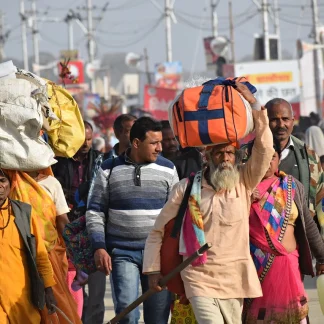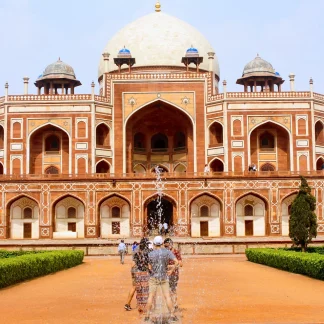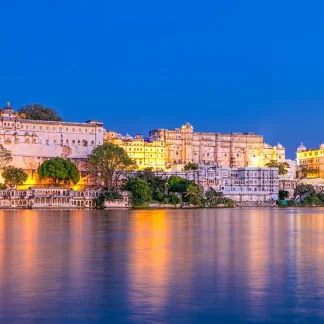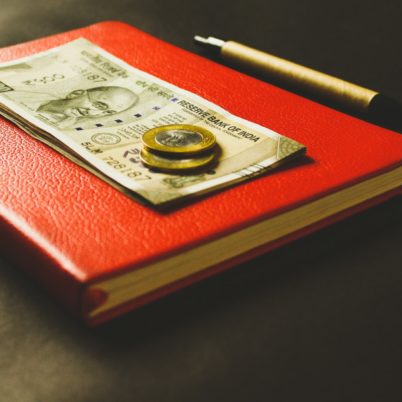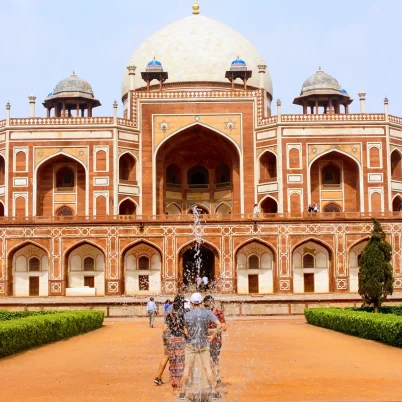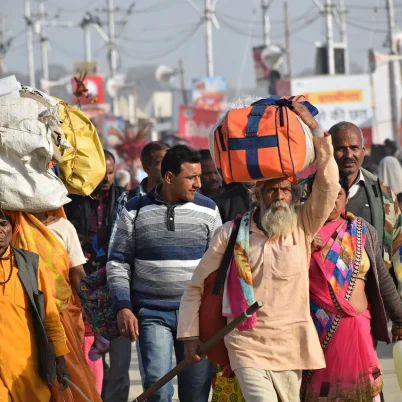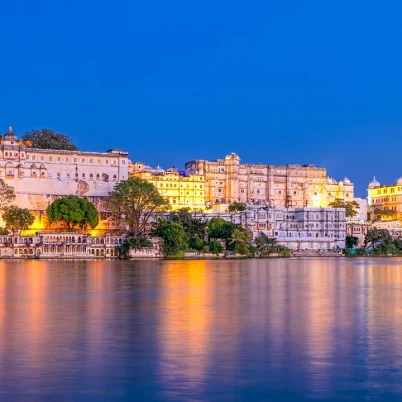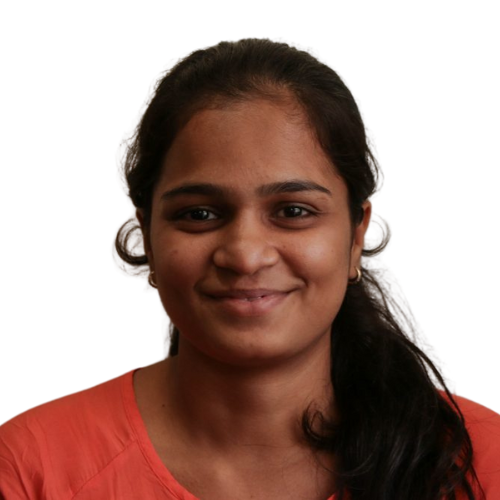
The following is a guest article which talks about exchanging money in India is written by Joe, a hotelier and the director of Tripzuki, and first appeared on the Tripzuki Blog. Hailing from England and having lived in different corners of the world, he has a pretty good grip on the situation here, so we got him to write a short post on getting cash in India.

How to Exchange Money in India?
Our guests would often ask what to do about money while they’re here. Where can I get cash in India? Should I carry cash with me to India? What about travellers’ cheques? Those are probably the top 3 questions people ask.
Firstly, as somebody who travels back and forth to India regularly here’s what I do: just use an ATM and withdraw from my foreign account. However, like all the methods described here, there is no perfect way, and all methods come with some charges or complications.
About making card payments in India
Most modern hotels and restaurants in the big cities will take Visa and Mastercard debit and credit card payments, with charges likely to be between nil or 2 to 5%.
Credit cards are good because you may get some protection in case of fraud. Cards, in general, are bad because of the automated security they put in place. This means when a payment suddenly goes through in Delhi instead of your home country. The computer says ‘Woah, that’s weird! Block that card now!’. You then spend the next hour trying to call your bank, and if you’re really unlucky you’re also standing there with a waiter brandishing your unpaid bill.
In less modern establishments, markets, small family businesses, and so on, you’ll be using cash. In other words, you will need cash in India. Oh, it comes in handy for tipping as well.
‘Paisa’ in Hindi means ‘money’. It the lowest denomination of currency in India, but you won’t see them or be expected to pay them. So what’s the best way to get hold of Indian rupees (also interchangeably written as ‘INR’ and ‘Rs’)?
Additional Resource: India Travel Insights for UK Visitors
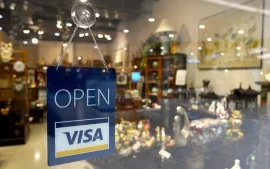
How to use ATMs In India?
In most major cities and tourist destinations you will be able to find an ATM. They have spread across the country. You wouldn’t believe how many different banks there are; I counted almost 200 once!
Indian ATMs are a bit quirky in that they’re often a separate, tiny shopfront with a locked door and a half-asleep guard outside. Approach and he’ll open the door for you if it’s not already occupied.
Chances are that you’ll have to put your card in and pull it out a second later – swiping it in effect – and in some machines, you even have to leave your card in. Anyway, to a foreigner it can be a bit confusing but you’ll get the hang of it. The guard will probably help you if you get stuck (as will most Indians).
There are 2 catches to using ATMs in India. Firstly, there is often a maximum withdrawal limit of 10,000 to 15000 rupees. So if you want more than that, head down the road to another ATM and repeat the process.
The second catch is that the bank will give you a crappy exchange rate and your card-issuing bank will undoubtedly charge you a foreign withdrawal fee as well. I paid 5 UK pounds per transaction on my last trip. Banks, huh! (Few banks which you might see in all cities are HDFC Bank, ICICI Bank, State Bank of India (SBI))
Indulgence Awaits: Luxury Hotels in India
Exchange Currency at an Airport
You can usually get rupees at the airport but the exchange rate will be really bad. Not only can it be hard to estimate your spending in advance, but who really wants to carry around a huge wad of notes when they’re on holiday?
Find Out More: What you need to know about US to India travel?
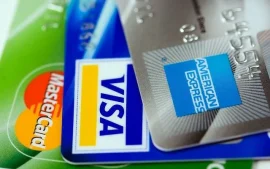
Carrying foreign currency while you travel
This can actually be a good option. You can go to an Indian bank that deals with foreign exchange (not all do), stand in line, and get not such a good rate. Alternatively, you can often exchange at your hotel or with a high-street money-changing office (or just a guy that somebody recommends).
The rates in this case vary but often don’t get much worse than the banks’ rates. It’s often the case that foreigners worry about being ripped off in India but with money exchange, I wouldn’t get paranoid about it. If you go to somebody that is recommended by your hotel then chances are they will have a reputation to maintain, and ripping off tourists makes everybody lose face. The best currencies are US dollars, UK pounds, EUR and AUD.
Here is a blog on how to avoid common tourist scams when in India.
What are Travellers’ Cheques?
Do people still use these? I guess they do but as mentioned above, not all Indian bank branches deal with foreign exchange. Despite being shockingly behind the times, even the ones that do might not change your cheques. My advice is not to bother with this option.
So, in conclusion, I’d say there are 2 ways to go about things: take a couple of cards and take some rupees or strong foreign currency. Personally, I’d say just with a couple of cards is the easiest way to travel. Yes, you pay ATM charges, but when you change money, you get hit on the exchange rate, which may seem less tangible but it’s still a charge.
Read Further: Understanding the Budget for India Travel
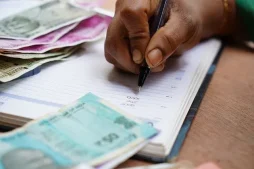 You can go to an Indian bank that deals with foreign exchange and get a good rate!
You can go to an Indian bank that deals with foreign exchange and get a good rate!
At India Someday, we create personalized itineraries for your trip to India. Contact us, and together we can plan the perfect trip to India for you!
Frequently Asked Questions
You can exchange foreign currency in India from banks, at airports and RBI-approved NBFCs. The Indian banks provide smooth facility to tourists to exchange their currency.
The most trusted and oldest currency exchange company in India is WSFx Global Pay Limited. It provides the best exchange rates and has a 24/7 support facility.
India’s largest public sector bank, the State Bank of India (SBI), is known for charging low fees. They also provide special Forex services.
You can exchange your currency at airports, Indian banks, or through private money changers.
Foreigners can bring any amount of foreign currency into India, but anything more than $5000 USD in foreign currency notes or $10,000 USD in foreign exchange must be declared. Foreigners also cannot bring Indian currency into India, while Indian residents cannot bring more than INR 25,000 without declaring it.
You will need a valid passport to exchange currency.
helping you travel your way
Everything you need to know about India is here We have tried writing about everything you may need help with for your trip to India, If you need help in planning a trip to India Get in touch with us to to plan your trip of a life time.


